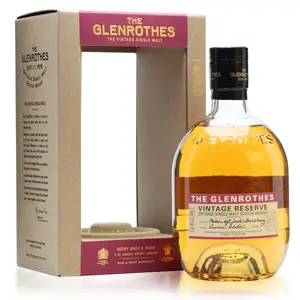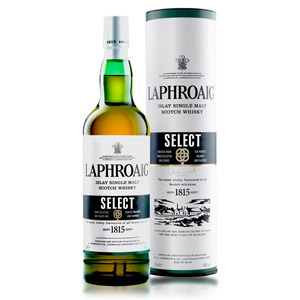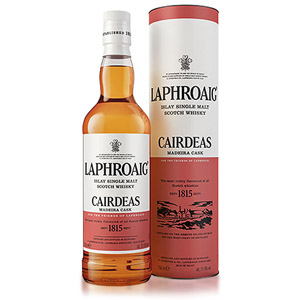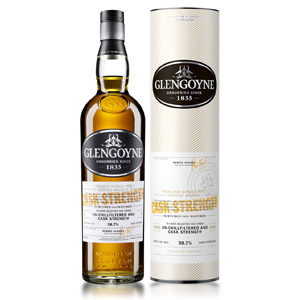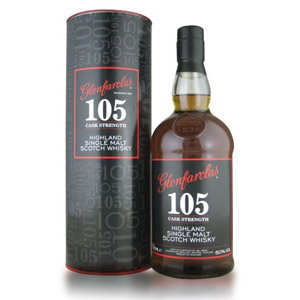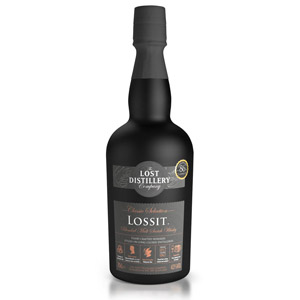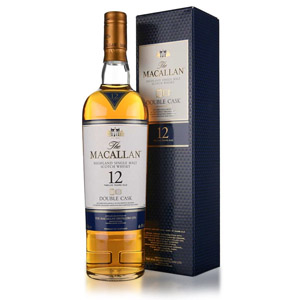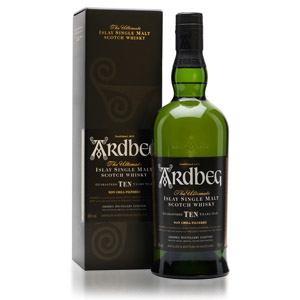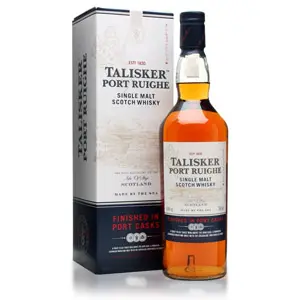The Glenrothes Vintage Reserve
The Glenrothes Vintage Reserve is an oddball vatting of what appears to be the leftover casks from the last public vintage releases plus a bunch of younger barrels that have not (yet) seen release: 1989, 1992, 1997, 1998, 2000, 2001, 2004, 2005, 2006, and 2007. Of those years, the 1998 vintage makes up (according to marketing) 25% or more of the volume.

